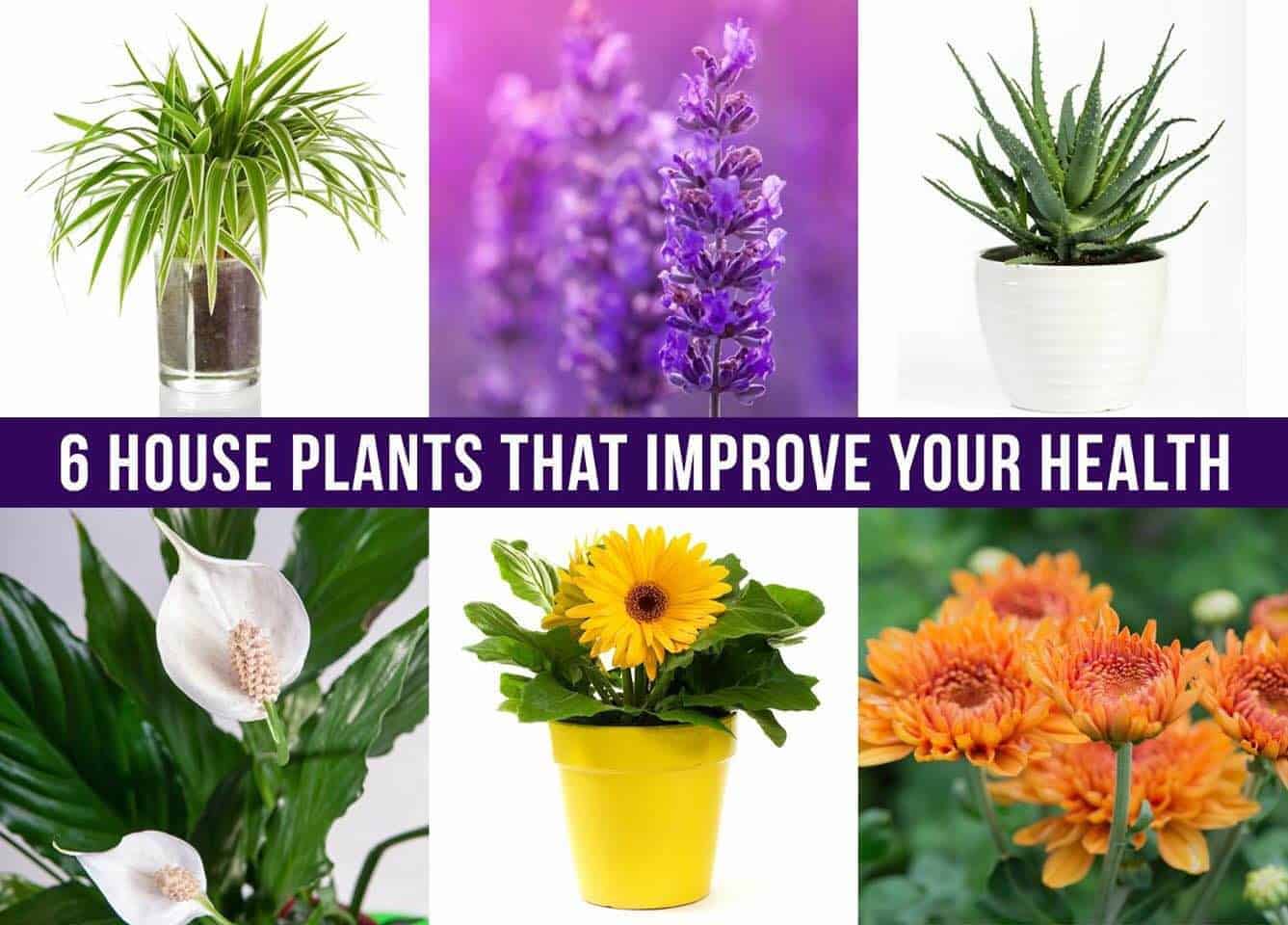Prior to living indoors, we all experienced the benefit of clean, fresh outdoor air that had been scrubbed by plants. Now that we live in modern shelters, we use artificial means of filtering our air through heating and cooling systems. But mechanics spread dust that can harm our health.
Plants absorb air-polluting organic and inorganic chemicals and biodegrade them into compounds that the plant can use. Each plant species evolved its’own genetic code to use the particles in the air to meet its needs.
A plant study as far back as 1772 showed the benefit of plants for restoring air that was stagnant and low in oxygen from burning candles and from keeping animals. Plants have also been studied for their ability to purify and revitalize air for use by astronauts in space stations and future moon bases.
In a six month study of a plant filled room compared with a room without plants, the levels of airborne microbes and bacteria were 50% higher in the room without plants. Plants in the home also increase humidity, which reduces irritation from dry sinuses, reduces the severity of asthma and also reduces congestion.
6 House Plants That Improve Your Health
1. Spider plant (Chlorophytum comosum)
Pollutants such as formaldehyde are found in homes from the resins and solvents in building materials. Prolonged exposure to formaldehyde can cause irritation of eyes, throat and lungs as well as respiratory disorders and allergies. One study found that spider plants are excellent for reducing the amount of formaldehyde in a living space.
Spider plants usually have variegated light green and white striped long leaves that fall in a fountain shape. Hang these plants for the best display as they will also develop small baby plants that hang down from the parent plant. These baby plants can be sprouted in a jar of water and then planted.
Reducing an environmental pollutant that is out-gassed from foam insulation, particleboard, fabrics and various other man-made materials will improve both the quality of the air in your home and your health.
2. Lavender (Lavandula)
The scent of lavender is almost universally described as soothing. Lavender oils have been used for centuries as aromatherapy. Even hospitals are making use of lavender essential oil aromatherapy. In one study, patients who received aromatherapy with lavender reported significantly greater improvement in their mood and perceived levels of anxiety.
Growing lavender indoors can be difficult as the plant requires a very sunny spot. If you have a south-facing window in your house, take advantage and put your lavender plant here. The fresh aroma will lend a sense of calm and reduce any stress that you might feel.
3. Aloe (aloe vera)
In case of a minor cut or burn, break off a piece of the plant and apply the gooey aloe vera liquid inside the plant leaf to the wound. You can also use aloe very gel on the skin to help with psoriasis, frostbite, and sores caused by the Herpes simplex virus.
You can keep this spiky succulent in the kitchen window. Since it is succulent, it requires less frequent water but a good amount of sun.
4. Peace lily (Spathiphyllum)
The beautiful tall, white blooms of this lily will make you forget that it’s working in your house to improve your health. According to NASA, the plant is excellent for removing three of most common volatile organic compounds (VOCs), formaldehyde, benzene and trichloroethylene. Peace lilies can also help reduce toluene and xylene in the air.
These are relatively easy house plants to care for. They don’t need much sun, in fact, just the artificial light in your home and indirect sunlight from windows should be plenty. They also will let you know when to water them by drooping their leaves slightly. These are poisonous so avoid areas where pets or children have access to them.
5. Gerbera daisy (Gerbera jamesonii)
Gerbera daisies are those large, colorful orange or pink daisy blooms found in expensive floral arrangements, but you can have them year-round in your own indoor health garden. Ask your local nursery for a variety of species with different colored blooms to fit your home decor.
Keeping gerbera daisies will also help clean VOCs from your indoor air. These daisies can remove benzene which can be out-gassed from your natural gas stove. It requires plenty of sunlight so find a south-facing window in your home.
6. Chrysanthemum (Chrysanthemum morifolium)
Chrysanthemums, also called mums, are effective at removing benzene, trichloroethylene, formaldehyde and ammonia from the air in your home. These plants also like a good amount of sun and water. That health improvement alone is a great reason to keep them as a house plant. Mums come in a variety of colors and should be readily available at your local garden center.
Mums are annuals, which means that they usually bloom only once per year. Although the plant may continue to live longer than a year, it will not flower again.
If you have pets or children who might accidentally eat plants, please be sure avoid placing poisonous plants where they can easily be reached. You can check your houseplants against this online list of poisonous plants here.
















